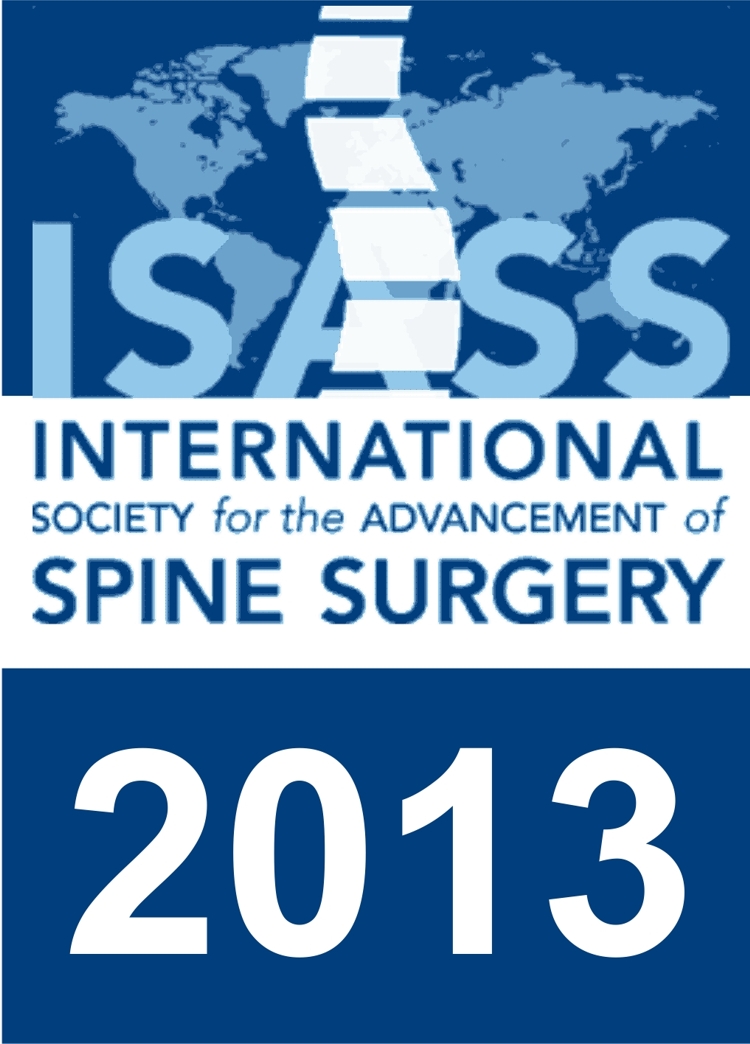
ISASS: Freedom Disc vs. ProDisc-L for Treatment of 1-level Lumbar Disc Disease

ISASS: Freedom Disc vs. ProDisc-L for Treatment of 1-level Lumbar Disc Disease
Freedom Disc vs. ProDisc-L for Treatment of 1-level Lumbar Disc Disease: Results from One Investigative Site of the USA FDA Randomized Clinical Trial
Did you know you're eligible to earn 0.5 CME credits for reading this report? Click Here
CONFERENCE ACE REPORTS
This ACE Report is a summary of a conference presentation or abstract. The information provided has limited the ability to provide an accurate assessment of the risk of bias or the overall quality. Please interpret the results with caution as trials may be in progress and select results may have been presented.
Synopsis
39 patients treated with Freedom Disc (20) vs. ProDisc-L (19) artificial disc replacement devices (ADR) were evaluated for clinical patient self-reported outcomes after single-level lumbar disc disease L3 to S1 treatment. 2 year results concluded that both groups had similar self-reported improvements that were maintained up to 24 months. The Freedom device however, had slightly earlier recovery, ...
To view the full content, login to your account,
or start your 30-day FREE Trial today.
FREE TRIAL
LOGIN
Forgot Password?
Explore some of our unlocked ACE Reports below!

Learn about our AI Driven
High Impact Search Feature
Our AI driven High Impact metric calculates the impact an article will have by considering both the publishing journal and the content of the article itself. Built using the latest advances in natural language processing, OE High Impact predicts an article’s future number of citations better than impact factor alone.
Continue



 LOGIN
LOGIN

Join the Conversation
Please Login or Join to leave comments.